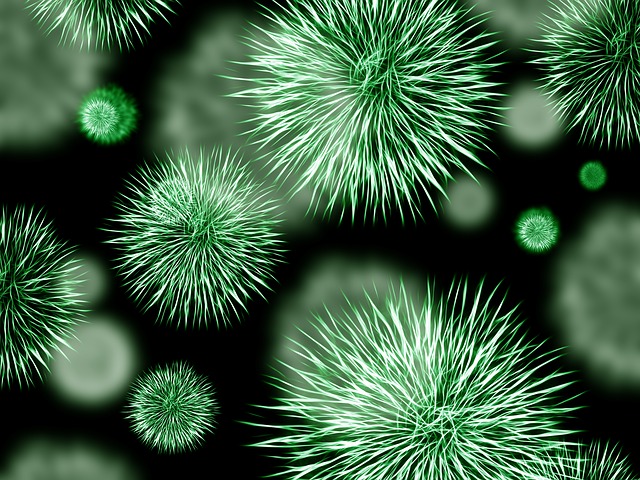Sterilization Prevents Staph Infection

There is also another type of Staph called methicillin-resistant Staphylococcus aureus (MRSA).
It has developed a resistance to the type of antibiotics usually prescribed to treat Staph infections.
MRSA is more challenging to treat, but for most patients, the infection heals with the right medication.
Staph Related Illnesses and Symptoms
There are over 30 Staph species, each causing different illnesses and symptoms. Bacterial infections include boils, folliculitis, cellulitis, urinary tract infection, and impetigo. In addition, a Staph infection can produce toxins that incite toxic shock syndrome, urinary tract infection, or food poisoning.
Symptoms of a Staph bacterial infection include a pus-filled abscess, boil, or furuncle which can be swollen and painful. A patient can expect the surface to drain pus.
If Staph has infected the bloodstream, it can cause high fevers, low blood pressure, and chills.
If Staph has gotten into the intestines, nausea, vomiting, diarrhea, dehydration, and cramping can occur.
Staph Infections Make the Rounds
Staph infections can spread from one person to the next, especially when in close quarters.
Often, household goods, appliances, linens, and clothing items are passed around and shared, leading to staph infections. In addition, Staph infections are often spread through touch, either person to person or one part of the body touching another. Most Staph infections are transmitted from minor skin infections because this bacterium prefers a warm, humid environment.
If a Staph bacterial infection has broken through the skin and entered the bloodstream, immediate medical attention is a must. The bloodstream can send the bacterial infection to other body parts including the heart, bones, lungs, joints, and the central nervous system. While this is not as common as skin infections, it can be destructive for those with weakened immune systems—either by disease or other medical treatments.
One particular concern hospitals have is that a surgery patient will develop a more serious form of Staph infection. That is why hospitals are greatly concerned with health and safety precautions in the operating room, working to sterilize every surface, tool, and piece of equipment. Patients are also given antibiotics to ward off any bacteria or fungal infection.
The Sterilization of Staph
While Staph infection is a serious business, the bacteria can be killed with chemicals and reliable sanitary practices. It is important to note that disinfecting an area from Staph is not the same as sterilization. Disinfecting kills surface Staph.
Sterilization is more involved as it gets into the surface pores, eradicating the bacteria infection.
Chemicals alone cannot sterilize a surface, but they will take care of most household cleaning as well as prevent the spread of Staph and its cousin, MRSA.
- Bleach – Bleach solution kills many forms of Staph infection, bacterial infection, and fungal infection. Just use caution when using bleach as it shouldn’t be too strong to cause you discomfort.
One teaspoon per gallon of water for food contact surfaces is recommended. Allow the surface to dry for approximately two minutes before you use it for cooking or other household needs. - Hand Washing – To prevent Staph bacteria from being passed from one surface to the next, it is important to wash your hands properly and often. This includes soap and warm water.
It is essential to scrub your hands for at least 15 seconds, even cleaning beneath the nails. - Spray Disinfectant Cleaners – There are a good number of spray disinfectants on the market that effectively kill Staph. Just be sure to check the label and follow the instructions carefully.



